
Sponge Cities Explained
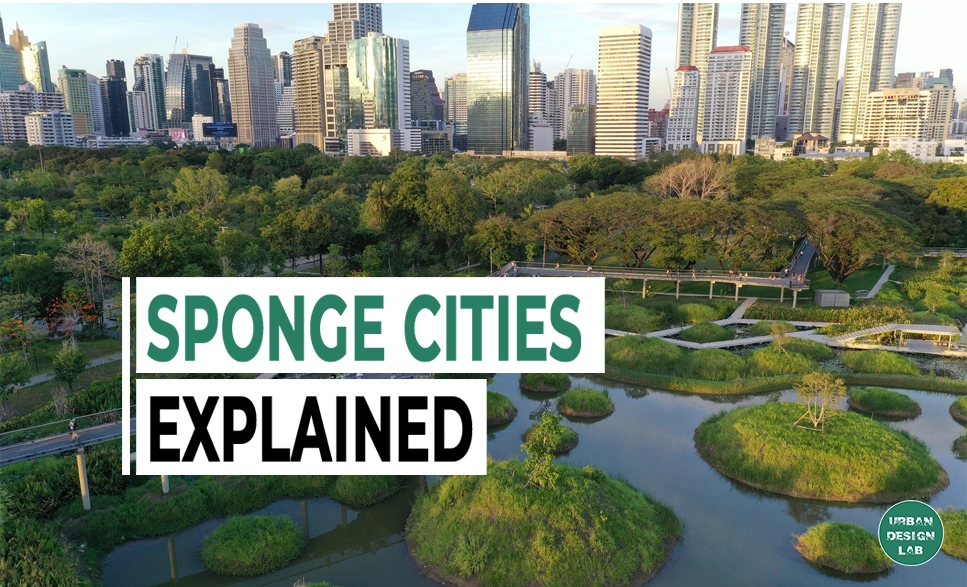
Growing urbanization and climate change are increasing the risk of flooding in cities, creating a need to look for new approaches to water management. Among these various solutions, one that really stands out is the concept of “sponge cities”, a new design model to manage water in an environmentally friendly way by emulating natural processes.
The goal of this model is to solve the problems attributed to urban surfaces that prevent water from filtering into the ground, leading to flash flooding. Sponge cities incorporate eco-designed infrastructure, such as wetlands, rain gardens, and permeable pavement, among others, that naturally absorb and filter rainwater through them, reducing runoff and therefore the consequences of flooding.
Definition of “Sponge cities”
The term “sponge city” became popular as a response to traditional urban planning based on the increased risk of flooding in densely populated areas. Instead of simply relying on a conventional drainage system, sponge cities are designed to absorb, store, and discharge rainwater slowly into the ground or redirect it for reuse. Instead of simply preventing flash floods from occurring, this method renews the groundwater supply.
Sponge city designs are based on a few key features that help absorb rainwater effectively and manage it:
- Permeable pavements and surfaces replace impermeable concrete and asphalt to allow water to filter into the ground
- Green roofs and rain gardens are very important for retaining water, promoting cooling, and purifying the air.
- Wetlands are an important feature that serve as reservoirs that store excess water and filter pollutants naturally.
- Retention ponds and bioswales have beautified urban areas by storing rainwater, which can prevent flooding and also provide urban residents with a recreational green area.

Benefits in urban environments
Sponge cities offer a number of environmental, social, and economic benefits by making urban areas more livable. In addition to mitigating flood risk, sponge cities clean water quality by filtering pollutants through wetlands, rain gardens, and permeable surfaces, reducing the burden on water treatment systems. This approach also improves local biodiversity by providing habitat for wildlife, improving ecosystem health. Additionally, green spaces in cities such as parks, green roofs, and wetlands reduce the heat island effect by decreasing temperatures.
From a social standpoint, these green areas are recreational sites. They improve citizens’ mental health and can promote social interactions between citizens, improving residents’ quality of life. These design improvements in cities can also have economic implications: well-maintained, functional green spaces often increase property values across constituencies. Sponge cities embody a model of sustainable urban development through a delicate balance between human needs and ecological health to build resilience to climate change and make cities more friendly to all.

Case Study: Berlin's Rummelsburg Project
Probably the most significant realization of sponge city principles in practice is the Rummelsburg project in Berlin. Nestled within a catchment of the Spree River in an urban area, the project applies green infrastructure by reducing flooding, improving water quality, and cooling the urban environment. In Rummelsburg, rainwater is infiltrated and filtered with permeable pavements, green roofs, and rain gardens that greatly reduce runoff and minimize flood risks in residential neighborhoods. Retention basins and bioswales are also placed in such a way to hold excess water and release it slowly to recharge groundwater levels.
Other than flood prevention, this greenery within Rümmelsburg promotes local biodiversity and cleans the air through the creation of habitat conditions for a number of plant and animal species. Such a cooling effect contributed from vegetation and water elements balances out urban heating and thus creates a more pleasant and sustainable living climate for the citizens.
Apart from the ecological benefits, Rummelsburg provides places that are worth spending time in for recreation, boosting mental health, community interaction, and also raising property values. As one of the pioneering sponge cities, Rummelsburg sets an exemplary case of how cities can incorporate nature-based solutions.

Case Study: Copenhagen's Cloudburst Management Plan
The Cloudburst Management Plan has become one of the best-known examples of sponge city design. It is a long-term project with an estimated completion target of around 2035–2040. Because extreme rainstorms have been causing severe flooding in Copenhagen, the city designed a plan. The destructive 2011 downpour formed the starting point for a city-wide program, bringing together green infrastructure and focusing on areas with heavy rainfall.
This Plan includes an integrated network of permeable streets, green corridors, retention ponds and underground reservoirs that collect and redirect stormwater. Re-engineering streets as “blue-green” corridors turns them into waterways in case of heavy rainfall to channel excess water into predestined retention areas such as parks or basins for temporary storage. These green areas serve as leisure facilities during periods of dry weather, adding value to the community and increasing urban biodiversity.
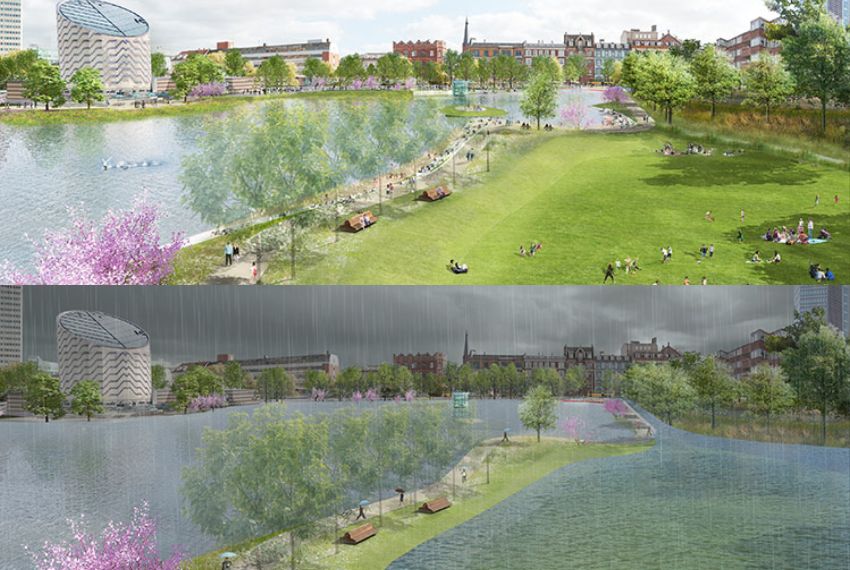
Challenges and Limitations
Developing sponge cities in densely populated urban areas poses several challenges. It is very costly to retrofit the infrastructure to include green solutions in the form of permeable surfaces and wetlands in the urban area; public support and strategic planning are imperative. In addition, in order to function properly over a long period of time, maintenance of these green infrastructures may be quite labor-intensive and require continuous investment.
Where the sponge city works in respect to average rainfall, in cases of heavy downpours, this may also burst its capacity and result in flooding. This deficiency underlines that much more attention is needed toward hybrid approaches that balance sponge city features with conventional drainage systems for handling violent storms. The Urbanist (Leva & Leva, 2023) added that the integration of such systems into one goes toward creating a resilient urban landscape capable of standing various climate challenges. While the development of the sponge city sounds very promising, the large and complex demands in planning, funding, and maintenance in this regard highlight that the huge commitment and adaptive strategies are needed to make it successful within an urban setup.

Conclusion
Sponge cities reflect the vision for water management in the rising tide of climate challenges that beset urban areas today. Absorbing and storing rainwater, filtering it, decreases hazards of flooding while making urban spaces much healthier and resilient. Though thoughtful design and serious investment are required, benefits from environmental resilience to improved public health and biodiversity make sponge cities very compelling. The cities across the world continue to take up the principles of a sponge city, it stands as a model of how space made by humans could work together in creating a softer relationship with nature towards safer, more sustainable, and enjoyable urban areas for future generations.
References
- Anna, M. (2023, April 25). Sponge Cities: What is it all about? – World Future Council. World Future Council. https://www.worldfuturecouncil.org/sponge-cities-what-is-it-all-about/
- Ashton, D. (2024, May 28). What on earth are sponge cities? University College of Estate Management. https://www.ucem.ac.uk/whats-happening/articles/sponge-cities/
- Bruse, D. (2024, August 14). Sponge cities. ENVI-met. https://envi-met.com/sponge-cities-a-green-solution-for-urban-water-management/
- Gehl People. (2024, October 29). Building a master plan for Favrholm on the principles of shared living. Gehl. https://www.gehlpeople.com/projects/favrholm-master-plan/
- Jackmay. (2023, September 28). Sponge city: Berlin offers a model for how to cope with flooding. CityMonitor. https://www.citymonitor.ai/analysis/berlin-offers-model-how-cities-can-cope-increasingly-regular-extreme-floods-3355/
- Leva, L. H., & Leva, L. H. (2023, February 8). Urbanism 101: What is a Sponge City? – The Urbanist. The Urbanist – Examining urban policy to improve cities and quality of life. https://www.theurbanist.org/2023/02/08/urbanism-101-what-is-a-sponge-city/
- Rau, S. (2023, February 27). Sponge Cities: Integrating green and gray infrastructure to build climate change resilience in the People’s Republic of China. Asian Development Bank. https://www.adb.org/publications/sponge-cities-climate-change-resilience-prc

Celeste Barragan
About the Author
Emerging Urban Planner of Mexico City holds a bachelor’s degree in urban planning from the Metropolitan Autonomous University. He is passionate about mobility, functional urban design and sustainability. Enthusiast of illustration and music, he seeks to innovate urban practices to improve life in cities.
Author
Author
Author
Author
Author
Author
Author
Author
Author
Author
About the author
Related articles




How the High Line Transformed Public Space in New York City?

Biomimetic Urban Design

Can Small Urban Changes Really Make a Big Difference?
UDL GIS
Masterclass
Gis Made Easy- Learn to Map, Analyse and Transform Urban Futures
Session Dates
15th-19th December 2025

Urban Design Lab
Be the part of our Network
Stay updated on workshops, design tools, and calls for collaboration
Curating the best graduate thesis project globally!

Free E-Book
From thesis to Portfolio
A Guide to Convert Academic Work into a Professional Portfolio”
Recent Posts
- Article Posted:
- Article Posted:
- Article Posted:
- Article Posted:
- Article Posted:
- Article Posted:
- Article Posted:
- Article Posted:
- Article Posted:
- Article Posted:
- Article Posted:
- Article Posted:
Sign up for our Newsletter
“Let’s explore the new avenues of Urban environment together “


























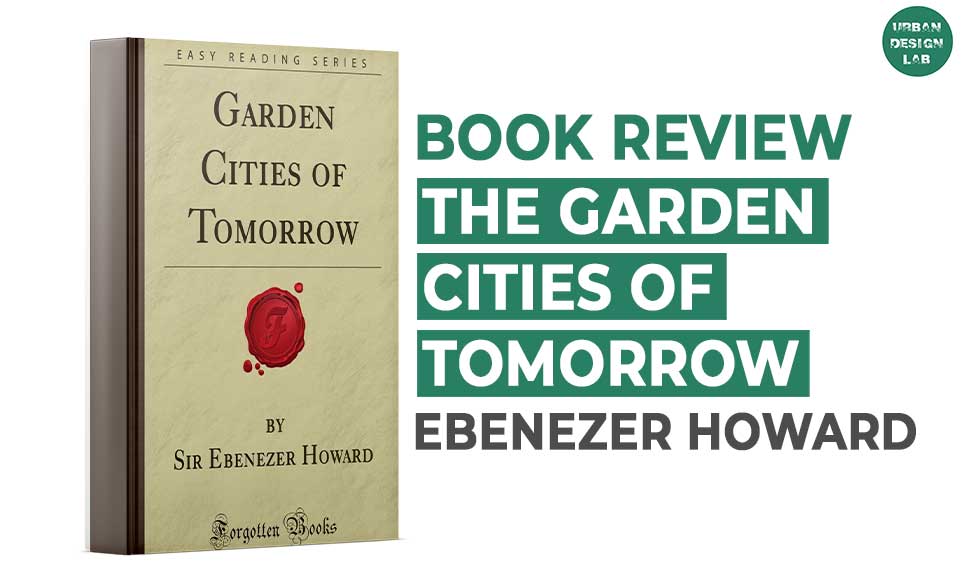

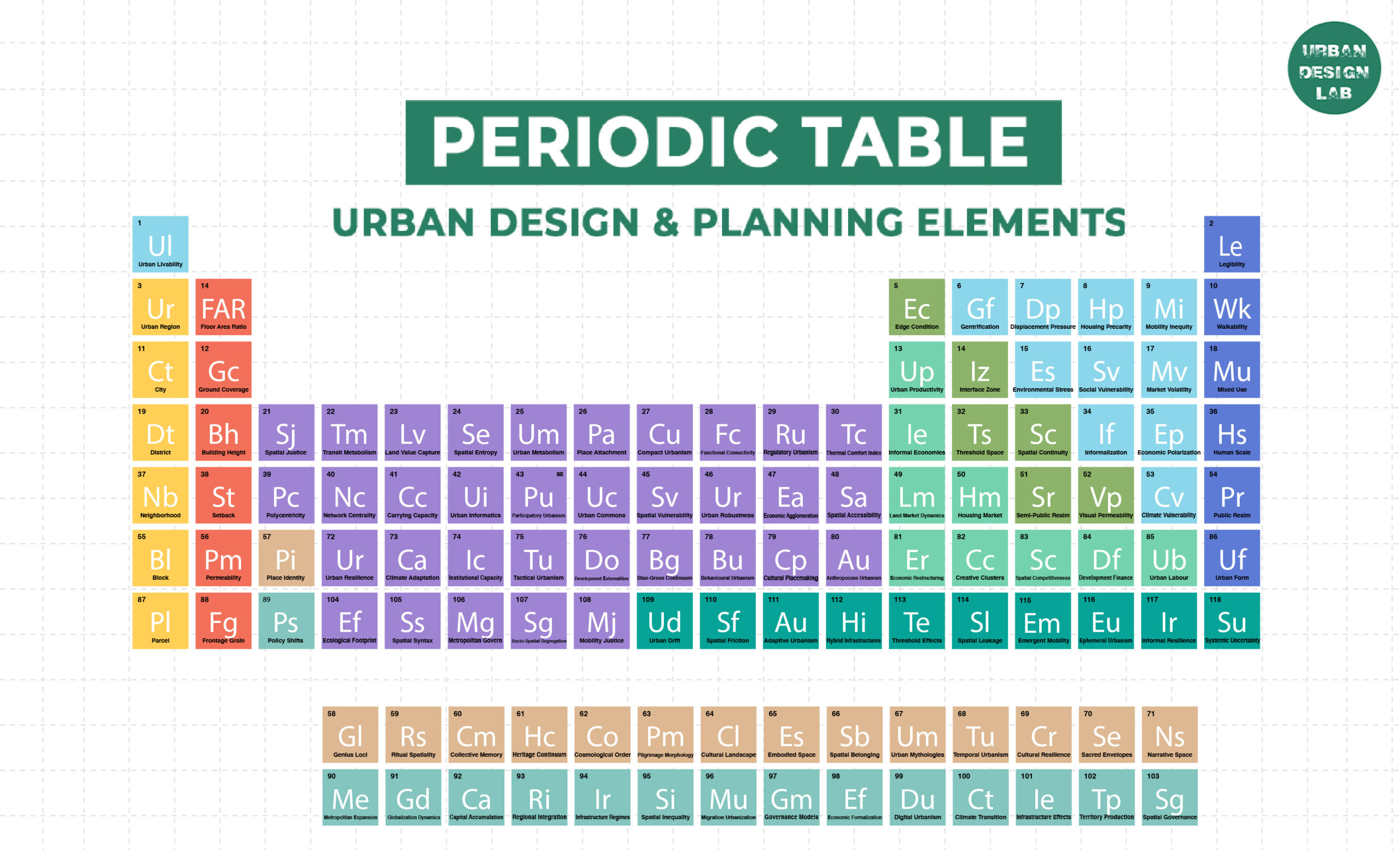

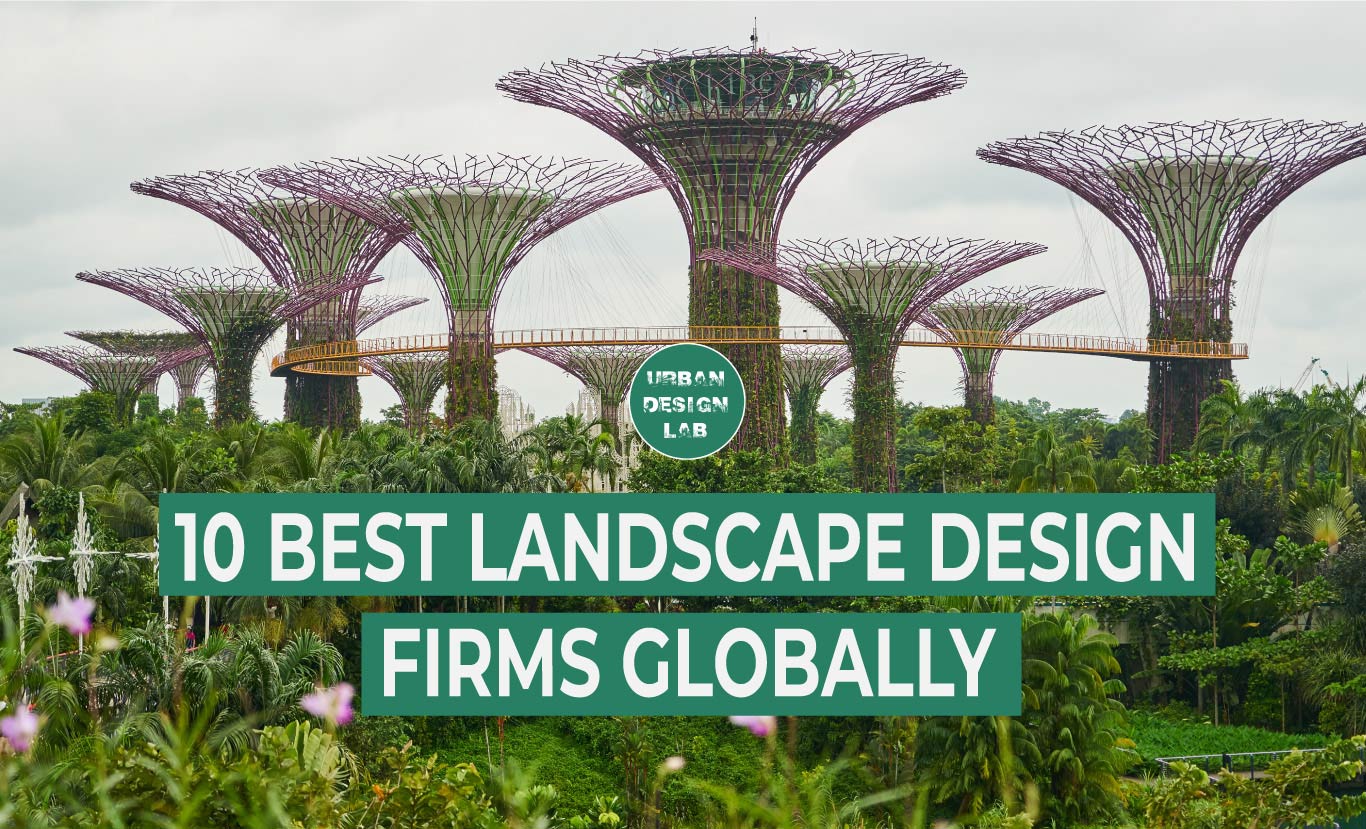






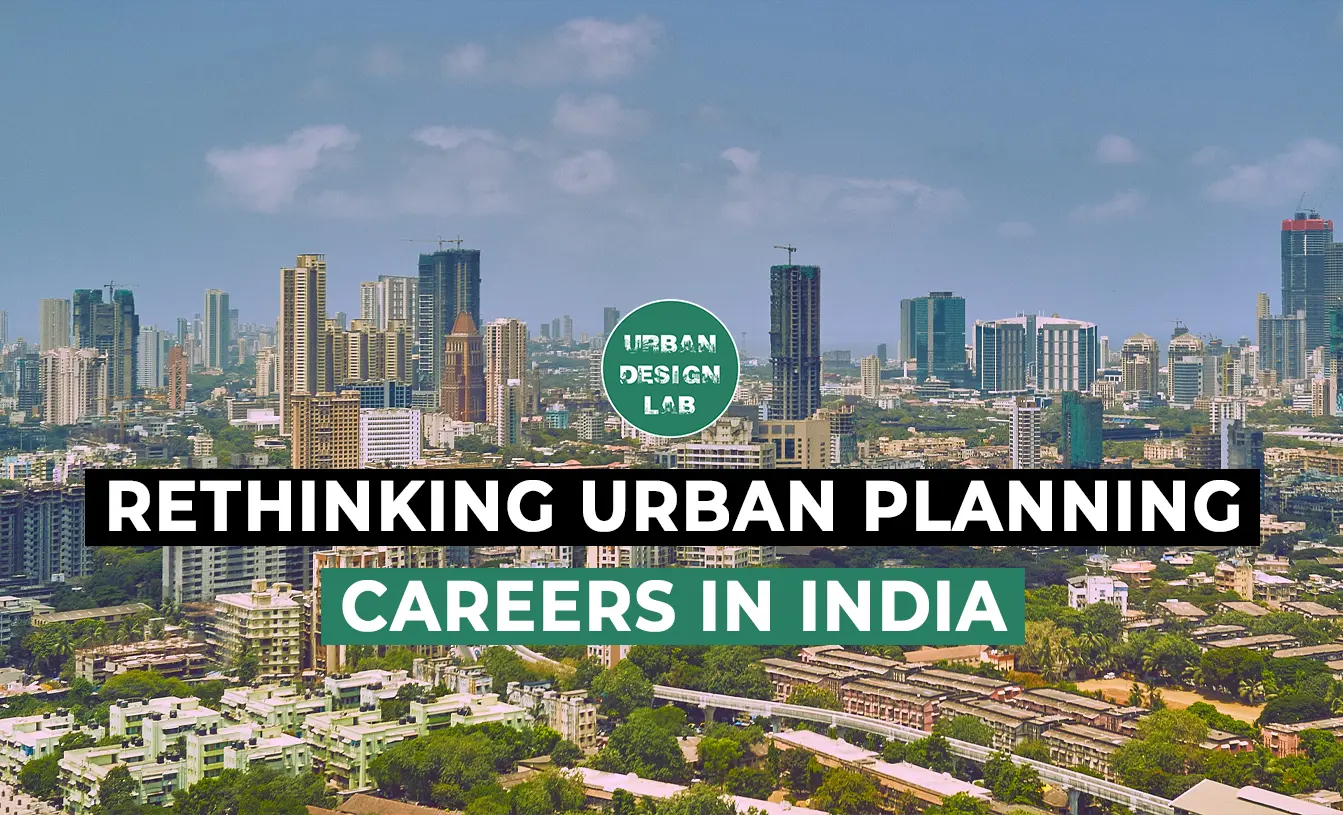






2 Comments
Good article,may I kindly ask, is Sponge City an Urban Planning,Urban Design or Landscape Architecture concept?